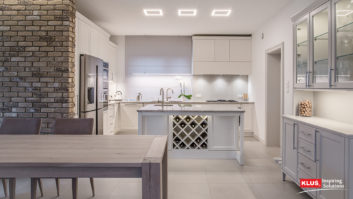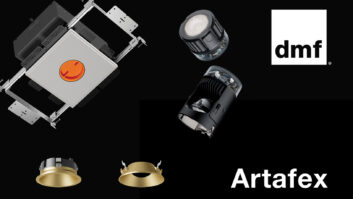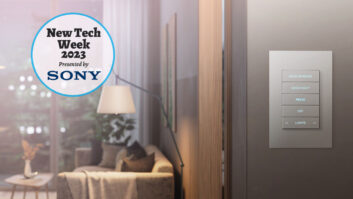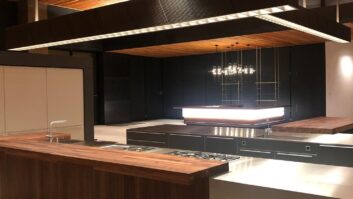
For only $29 million, the mysterious mansion behind the massive gates could have been ours.
It was 2007, and my wife and I had just moved our family from New York City to the Indianapolis suburb of Carmel, IN, where we often marveled at the disproportionate number of luxury estates near our new home. The only one with its asking price posted outside the front gate, however, was a place known as the Hilbert Mansion. The mansion, which was built in the early 1990s for $35 million, would remain on the market for the next four years, its price tag shrinking by a million or more each year, and my curiosity about what was behind those gates growing in inverse proportion.
Finally, in the fall of 2011, Forrest Lucas, founder of a motor oil company known mostly to NASCAR fans and owner of the naming rights to the Indianapolis Colts new football stadium, bought the estate for $3 million, with plans to turn it into a special events facility and part-time residence. It would cost at least twice that just to get the 25,000-square-foot home and its 33.6- acre grounds back into shape.
One of the beneficiaries of that renovation has been custom installation industry legend, Tom Doherty, a founding father of CEDIA and the mansion’s original integrator.
Last month, Doherty and lighting control manufacturer Lutron invited me to a reception at the Lucas Estate, as it’s now known, where the hosts were showcasing a revamped lighting control system, new automated window shades, and relit dance floor (energy-efficient LEDs). The purpose of the event was to connect Doherty’s company with local interior designers, architects, and builders and generate buzz for Lutron’s offerings.
Since reconnecting with the estate, Doherty has served as a problem solver for his new client. “Twenty years ago, we didn’t have lighting control as we know it today,” he explained. “Back then we had to adapt a theatrical lighting system to cover the property,” Doherty explained. “Forrest Lucas’s instructions were to ‘fix it, but don’t put one new hole in the walls.’”
With the help of Lutron, Dougherty used MoCA technology to transmit lighting signals over existing RG6 coax wiring that he’d installed liberally throughout the home when it was built. He also added transformers in the attic and fished new wires down to new custom-cut and engraved wallplates for a modern Lutron QS system. He’s gradually replacing the pervasive (and power-hungry) landscaping lighting with LEDs, and is now looking into options for enhancing internet coverage across the estate for large corporate retreats and training sessions.
Like most large projects, this one will take a while, but Doherty is no hurry. It was fun for me to finally see what it’s like behind those big gates and to witness how an industry veteran like Tom Doherty has managed to remain relevant and respected for so long.







